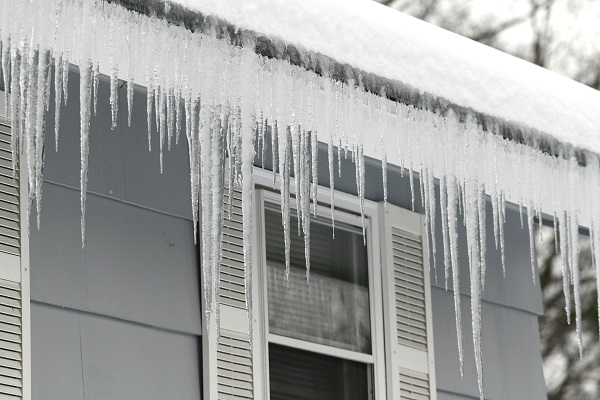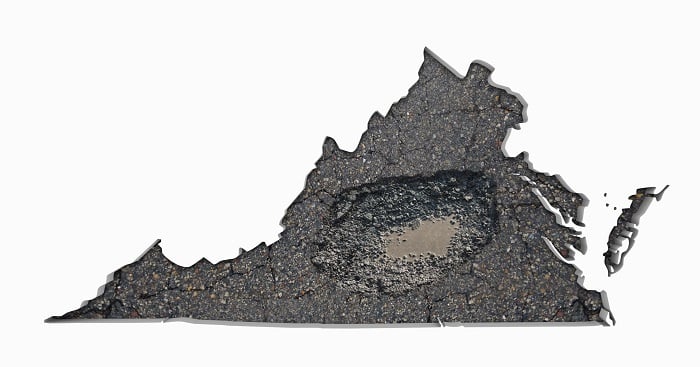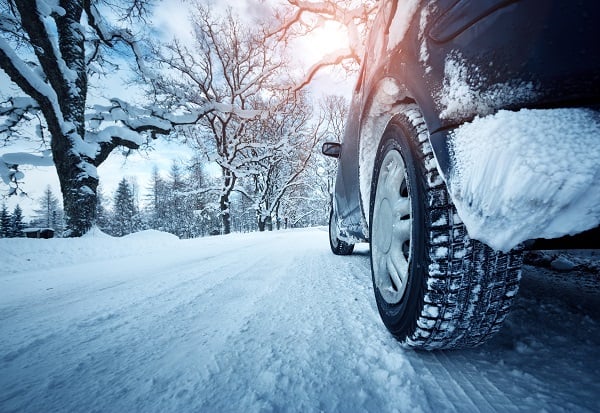
The safest thing to do when snow or ice is in the forecast is to just stay put. But the fact is the dangerous mix of snow, sleet, and rain is a constant possibility during Virginia’s notoriously fickle winter weather. Sometimes driving in it just can't be avoided. Since most Virginians don't get regular practice driving in these dangerous conditions, learning how to prepare and handle them is wise.
Stay informed, be prepared
It's so important to stay aware of the latest weather updates in the southwest and north and central Virginia. Before you leave home, check road conditions with alerts and VDOT's free mobile apps, and always have an emergency car kit.
We have a great survival guide for a Virginia winter storm with official contacts to stay informed. Our guide can help you prepare your home and car and take care after the storm is over.

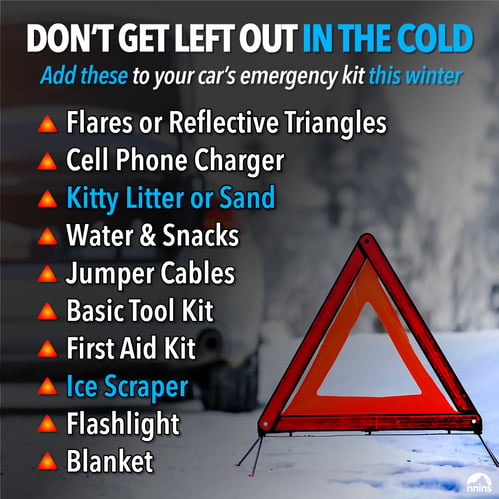
Check your tires
Good tires are the best defense against unpredictable winter roads. Check your tires and invest in a set of sturdy all-season tires with high traction and good tread depth.
Here is a checklist for healthy tire travel:
- Check the air pressure in your tires when your tires are cold and look for indications of damage, such as bulges and areas of uneven wear. Even a nail head or other sharp object could be plugging a slow leak and lead to a flat on the road.
- Check your tread. Your tire tread should be at least 2/32 of an inch or greater on all tires. Use the penny test to determine when it’s time to replace your tires. Place a penny in the tread with Lincoln's head upside down. Your vehicle needs new tires if you can see the top of Lincoln's head.
- If you haven't recently rotated your tires, rotate and see if your wheels need to be aligned before you travel.

Clean off your car
Maybe you've been the victim of snow chunks flying into your windshield from another driver who did not take the time to properly clear their vehicle or you have been the offender because you were in a hurry. This can create a dangerous situation and cause reduced visibility, broken windshields, and even death has occurred from missing this crucial step. It doesn’t just help the drivers around you: cleaning off your own vehicle increases your road visibility and lessens your chance of a collision.
Here are a few tips to do it right:
- Check to see that the tailpipe is free of snow. This can lead to carbon monoxide build-up.
- Turn on your defroster. While you wait, clear the roof, hood, trunk lid, side windows, and rear windows. If your car is completely covered, check your headlight, tail lights, and turn signals.
-
Dry your wiper blades and make sure your wiper fluid nozzles are clear. They’ll have a lesser chance of icing over during the next storm.
- Use the smooth side of a plastic ice scraper to clear frost. For a thicker coating, use the ridged side of a plastic ice scraper for the windshield. Make vertical cuts down the window and scrape across the window surface to break up the snow or ice.
-
Never pour hot water or use anything sharp on a car covered in ice. The rapid temperature change causes the glass to crack or shatter. Sharp items will scratch or shatter the glass.
-
Moisture in your car can cause fog to build up. Set your air vent to fresh rather than recirculate, and consider using your air conditioner for extra pesky days. They are designed to remove moisture and can do this even with the heater on.
How to drive safely in snow and ice
How do you drive safely in snow and ice, especially if you rarely do it? Our car insurance experts know there are four ways to safe driving in winter weather that can be summed up with three words: drive the conditions!
How to drive the conditions:
- Be humble & respect the elements - No driver, no matter how experienced, or vehicle, no matter how well-equipped, can drive well on ice
- Slow down- Some folks say just pretend you're taking grandma to church. There's a platter of biscuits and two gallons of sweet tea in glass jars in the back seat. She's wearing a new dress and holding a crockpot full of gravy.
- Drive defensively- Allow extra room between you and the car ahead of you and avoid changing lanes or passing other drivers.
- Avoid hard or sudden braking- Control your speed so you can minimize braking as much as possible, especially when approaching stop signs and traffic lights.
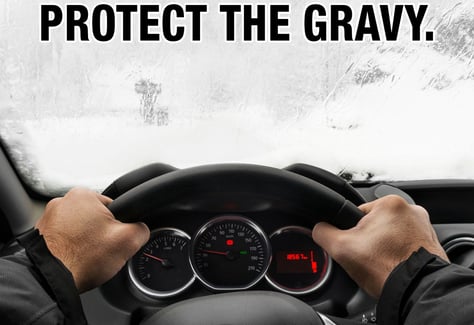
What to do if your car starts to slide:
- Take your foot off the accelerator.
- Stay calm but alert.
- TURN INTO THE SLIDE: Turn your front wheels in the same direction that the rear of your car is sliding (If the rear of the car is sliding to the right, turn the wheel to the right).
- Do not over-correct (turn the steering wheel in the opposite direction).
- Most cars have anti-lock brakes that safely pump the brakes for you in this situation. If you have an older vehicle that does not, you should pump the brakes yourself rather than hold the brake pedal down.
While the Virginia Department of Transportation warns against all unnecessary travel in winter weather, they also have great information to prepare for winter driving.
24/7 Toll-Free Claims Hotline
1- 877-968-7252
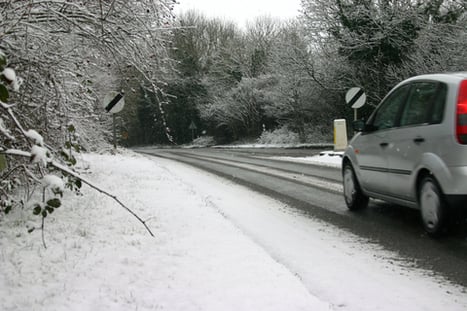
THE NORTHERN NECK INSURANCE INTEGRITY PROMISE — We pledge to provide straight talk and good counsel from our NNINS Virginia insurance experts through our blog. While we hope you find this to be a helpful source of information, it does not replace the guidance of a licensed insurance professional, nor does it modify the terms of your Northern Neck Insurance policy in any way. All insurance products are governed by the terms in the applicable insurance policy.


